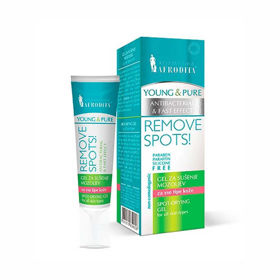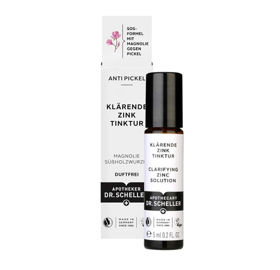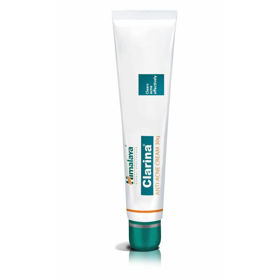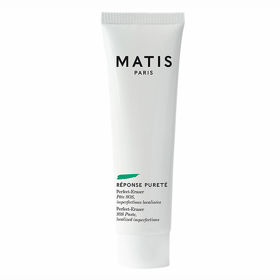Customer question:
What causes subcutaneous pimples? Anonymous customer's question
Pharmacist's answer:
Subcutaneous pimples can appear for various reasons.
Some common factors that contribute to the appearance of subcutaneous pimples include:
- Excessive production of sebum: excessive production of skin oil (sebum) can cause blockage of the sebaceous glands and hair follicles, leading to the formation of subcutaneous pimples.
- Clogged pores: Pores can become clogged with dead skin cells, bacteria, and sebum, creating a favorable environment for pimples to develop.
- Hormonal changes: Hormonal changes, which often occur during adolescence, pregnancy, menstruation, or due to taking certain medications, can increase sebum production and thus the risk of the appearance of subcutaneous pimples.
- Genetic predisposition: some people are genetically more prone to the appearance of acne and subcutaneous pimples.
- Skin irritation: using aggressive cleaners, cosmetic products, or exposure to irritating substances can irritate the skin and trigger the formation of subcutaneous pimples.
- Stress: stress can affect hormonal balance and trigger the formation of acne, including subcutaneous pimples.
- Obesity: In some people, obesity can increase the risk of developing subcutaneous pimples, especially in areas of skin friction.
- Incorrect skin care: Using inappropriate products or improperly squeezing pimples can worsen the condition and lead to subcutaneous pimples.
How to treat a subcutaneous pimple at home?
Treatment of subcutaneous pimples at home requires a gentle approach, as aggressive squeezing or careless handling can be harmful and cause scarring. If the problems persist or worsen, it is recommended that you consult a specialist in skin diseases (dermatologist), who can advise you on further treatment.
But here are some steps you can try at home to get rid of blackheads:
- Warm compress: apply a warm compress to the affected area. Warm water helps to open the pores, reduce inflammation, and facilitate the discharge of pus. Use a warm towel moistened with warm water and place it on the pimple for about 15 minutes daily.
- Using cleansers: use a mild facial cleanser that does not contain harsh chemicals. Cleansers with salicylic acid or benzoyl peroxide can help remove dead skin cells and prevent clogged pores.
- Avoid Squeezing: Squeezing subcutaneous pimples is not recommended as it can lead to scarring, infection, and worsening inflammation. If the pus center opens on its own, let it happen naturally.
- Using cold packs: cold packs can help reduce swelling and inflammation. Wrap the ice in a thin towel and place it on the affected area for a few minutes.
- Moisturizer: You can use an oil-free moisturizer to keep your skin hydrated.
- Drink enough water: good hydration is vital to healthy skin. Drink enough water to keep your skin hydrated.
How long does the pain from a subcutaneous pimple last?
The duration of pain from a subcutaneous pimple depends on several factors, including the size of the pimple, the degree of inflammation, individual characteristics, and the effectiveness and speed of treatment. Subcutaneous pimples are often deep in the skin, contributing to a longer duration of pain than superficial pimples. The pain from a subcutaneous pimple can generally last from a few days to several weeks.
Interesting reading: Karabunkel
Interesting reading: Subcutaneous pimple on the face












 Facebook
Facebook
 Instagram
Instagram
 info@moja-lekarna.com
info@moja-lekarna.com

